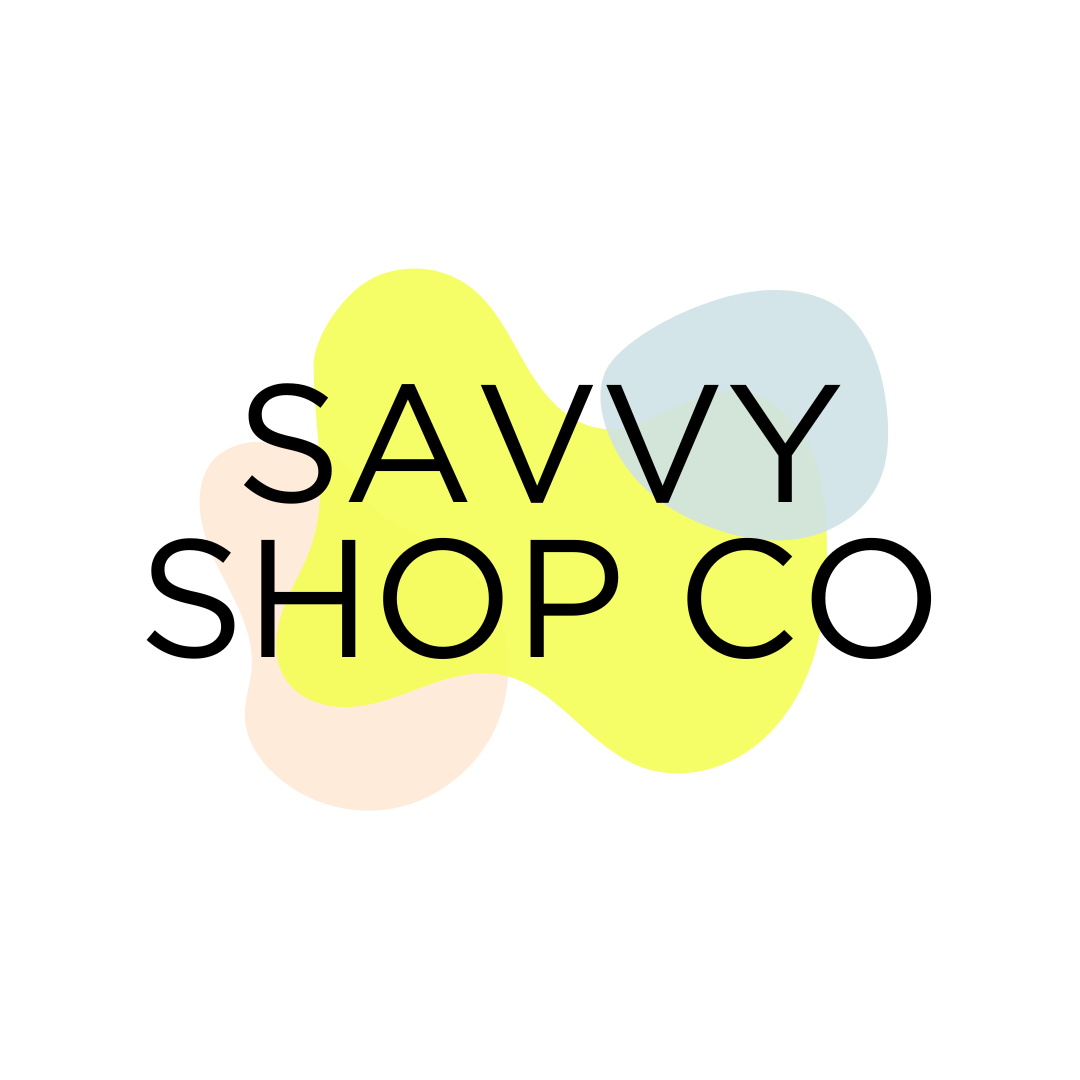Are you serious about figuring out how to successfully sell a product online?
If you answered “yes” to that question, I’m going to share something with you that you might not like but I know you need to hear:
There is a good chance that you’re currently wasting precious time and money on activities that aren’t going to move the needle and are only holding you back from building a profitable business.
- Are you spending a lot of your time trying to source the perfect materials?
- Or trying to make sure you have your production process down pat?
- Or working to make sure you have every single duck in a row before you actually try to make a sale or launch your business?
Does any of that sound familiar?
It may seem like this is the right thing to do or the smart thing to do, to get your ducks in a row before you launch, but what happens when you spend all of your time, and potentially all of your money, figuring out your perfect process, growing your inventory and then when you finally try to sell your product you hear….crickets.
If sales don’t come immediately, it doesn’t mean you aren’t cut out to build a business, it doesn’t even mean (necessarily) that your product is a bust.
But because you didn’t spend any time upfront validating that your product idea is a good one or making sure you have your messaging right to really bring in your ideal customers.
And now you’ve spent all of this time and resources building something that isn’t quite right.
It feels counterintuitive but one of the first things you should be doing once you have the general idea for your product and who you’re trying to help is trying to actually sell your product at a probable price point.
Once you’ve validate your idea – and by validate I mean people are buying it at or close to the price you want to charge – then and only then should you be spending all of your time figuring out the perfect way to create it.
That doesn’t mean you don’t do a little bit of upfront research to make sure that you have options to produce it down the road, but if you’re spinning your wheels right now trying to “get ready,” I’m going to give you a couple of examples from my own business, The Graceful Goose, to help you see how you can take an initial concept, get those sales to validate your idea and then improve as you go to make sure that you’re making smart business decisions and not wasting your time and your money trying to get ready for something that may or may not work.
I’ve been running The Graceful Goose for three and a half years ago now and each time I launched a new product, I led with an initial concept, launched the basic product, figured out if I could sell it or not and then worked on fine-tuning from there.
Here’s a perfect example – I currently sell two things: wall decor and baby blankets.
With the wall decor, when I first launched I really, REALLY wanted to be able to sell it framed but figuring out how to get the right frames, made in the US, with materials at the right price was honestly impossible.
I looked everywhere but I just couldn’t find the right partner and I didn’t have the time to learn how to frame myself.
At that point I could have said “I’m not going to go forward, I can’t do this the way that I want to,” but instead I said alright, let’s just put this print out there, see if anybody will buy it and then go from there.
I bought some initial paper to get started – at the time I wasn’t sure what brand I was going to use long term but I picked something to start with – I bought initial packing material and had a rough idea for how I could get my costs down later on if it turned it into a big thing.
I put my imperfect wall art out there and sure enough, the sales started rolling in. I continued to grow my business over and took it from $2,000 a year to $50,000 a year. Over time I’ve tested out different materials, fine-tuned my process, gathered customer feedback, and at this point, I feel really good about what I’m selling.
To top it all off, last November, I found the perfect framing partner.
What would have happened if I’d waited until now basically to launch? If I’d waited until I found that perfect partner?
There’s a good chance I would have ditched the idea altogether and if I did stick with it, I’d be starting from scratch, no feedback, no certainty my product was going to sell, to experience working with customers and missing out on more than $50K in sales.
So often we get stuck on this idea of “I have to be ready right from the start, I have to have every material, every process, the perfect factory, etc.” before I can get started.
If you’re in that camp right now, slow down, you don’t need to start from a place of “perfect.”
All you need is an idea, some initial materials and a thought for where you want to go.
Save yourself the hassle and the stress and don’t waste your time and money on an idea until you know for sure people are going to buy it at the price you want to charge and then work towards that perfect product.


